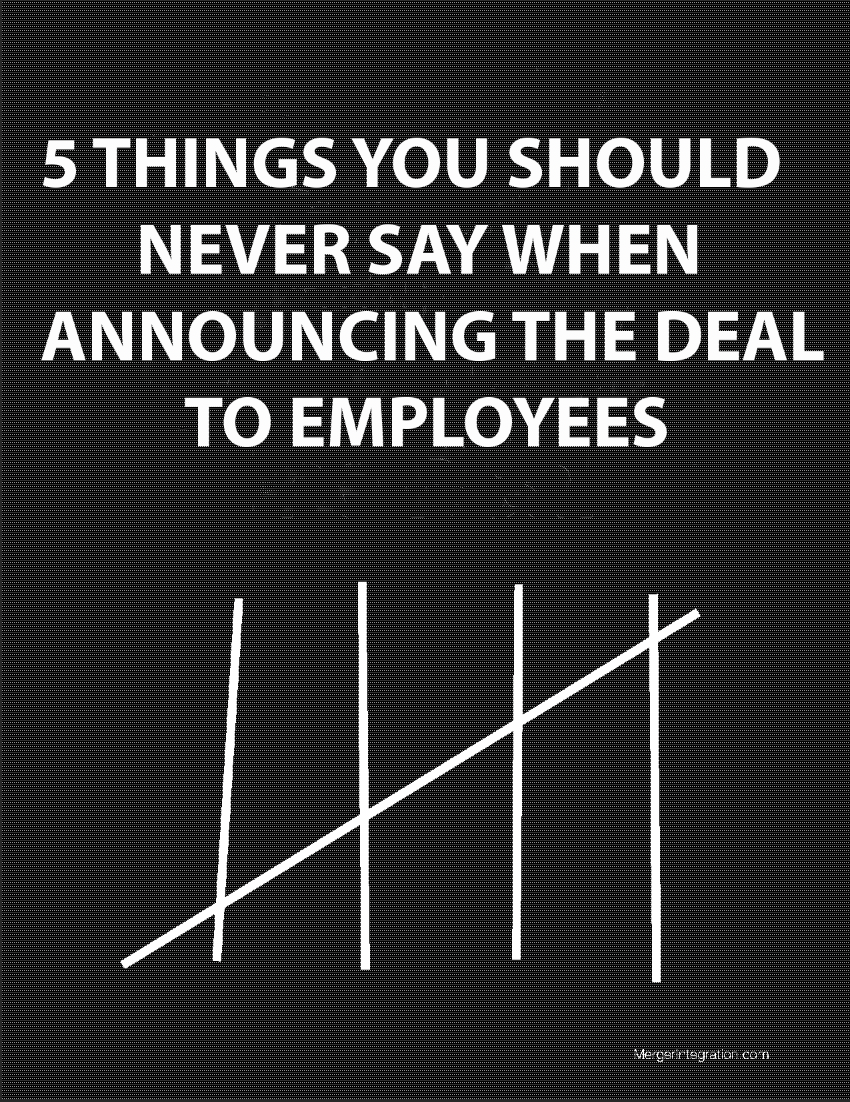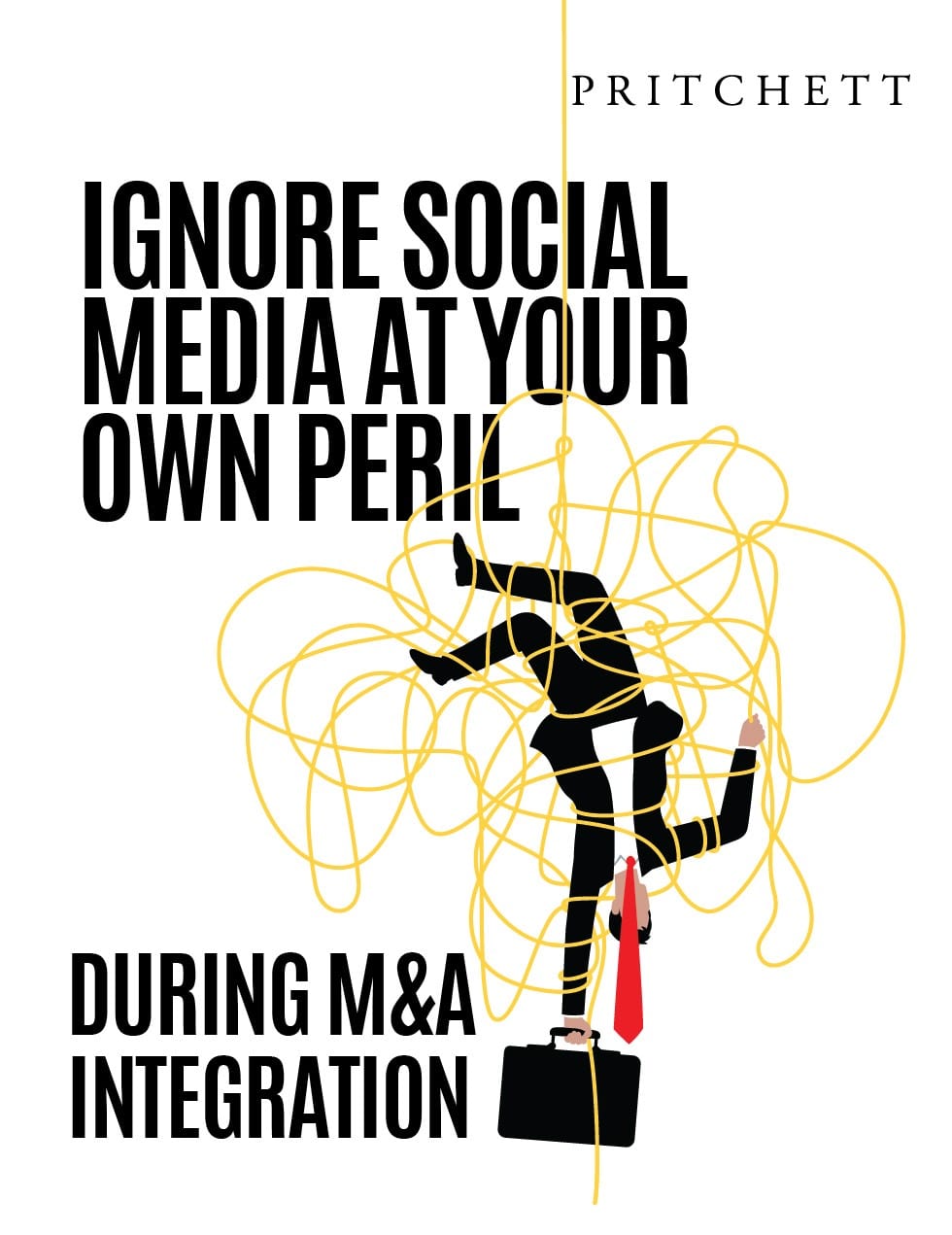An integration initially produces more problems than solutions.
This is the “it gets worse before it gets better” phenomenon. And it’s totally predictable.
As people have to break their familiar routines, performance weakens. It’s an awkward time, with more confusion, communication problems and job stress.
This is a completely normal turn of events. Just the same, it looks bad. If people aren’t mentally prepared for it, chances are they’ll conclude that the integration plan isn’t working. The grumbling gets louder, and the merger loses steam.
Resistance always spikes up when predictable integration problems take people by surprise. So you need to set the stage. Make it clear at the very outset that integrating organizations won’t be a trouble-free process.
Sure, you should make a sales pitch for the deal. Just be sure to point out the warning label as well.
The big mistake is to paint only the rosy part of the picture, limiting your forecasting to some song and dance about how great the merger is going to be. That kind of propaganda will come back to haunt you. The fact is, not everything will be just fine and dandy. Problems always crop up when serious changes get under way. If you come across as a Pollyanna, you’ll kill your credibility, your people will be resentful, and they’ll be less likely to support you going forward. It’s not pretty.
The best move is to give everyone an accurate sense of what’s coming. This amounts to a balancing act, where you mix the good news with the bad. If you level with them, then at least they can steel themselves for the struggle ahead.
John Sununu (then governor of New Hampshire):
“You’re telling us that the reason things are so bad is that they are so good, and they will get better as soon as they get worse?”
James A. Baker (then Secretary of the Treasury):
“You got it.”





